Home>Garden Essentials>How To Plant Lemon Grass Seeds
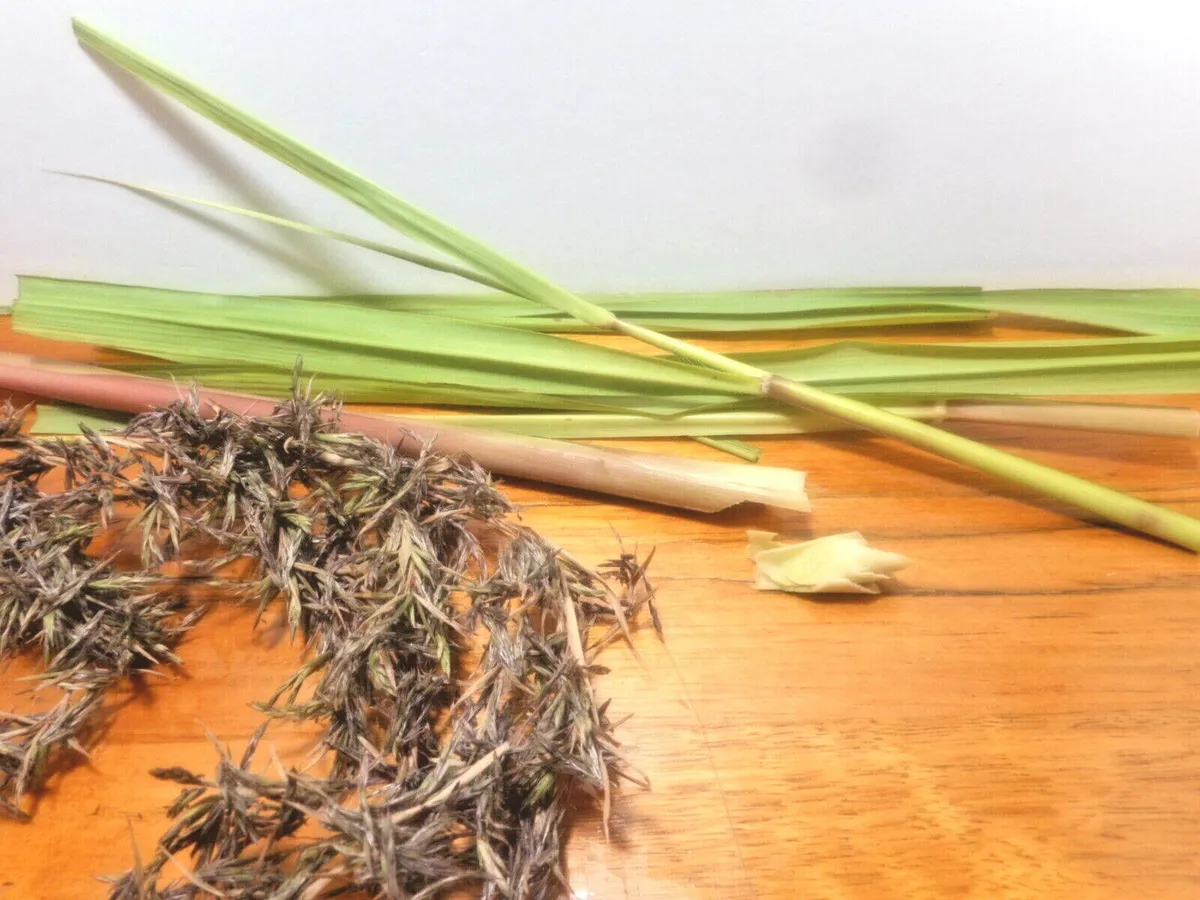

Garden Essentials
How To Plant Lemon Grass Seeds
Modified: August 24, 2024
Learn how to plant lemon grass seeds in your garden and enjoy the fresh, aromatic flavors it adds to your culinary creations.
(Many of the links in this article redirect to a specific reviewed product. Your purchase of these products through affiliate links helps to generate commission for Storables.com, at no extra cost. Learn more)
Introduction
Welcome to the world of gardening, where the beauty of nature meets the joy of nurturing life. If you have a passion for plants and want to add a touch of freshness to your garden, growing lemon grass from seeds is a wonderful choice. Lemon grass, also known as Cymbopogon, is a versatile and aromatic herb that is commonly used in various cuisines and herbal remedies.
By planting lemon grass seeds, you can not only enjoy the delightful fragrance and vibrant foliage, but also have a ready supply of this flavorful herb at your fingertips. In this article, we will guide you through the step-by-step process of planting lemon grass seeds and caring for the growing plants, so you can experience the joy of cultivating your very own lemon grass garden.
Before we dive into the details, let’s take a moment to understand what makes lemon grass such a popular choice among gardeners. With its tall, slender stalks and abundant green leaves, it adds an element of elegance and charm to any garden. The delightful citrusy scent that permeates the air when you brush against its leaves is an added bonus that invigorates the senses.
Aside from its aesthetic appeal, lemon grass also offers a range of practical uses. Its leaves and stalks are commonly used in Asian cooking, imparting a unique, citrusy flavor to dishes such as soups, curries, and marinades. In addition, it is known for its medicinal properties, including its ability to reduce inflammation, relieve anxiety, and aid digestion.
Now that you have a glimpse into the world of lemon grass, let’s get started on the journey of planting and growing this delightful herb. Gather your gardening tools and let’s embark on a journey that will fill your garden with fragrance and your kitchen with delicious flavors.
Key Takeaways:
- Planting lemon grass seeds requires gathering materials, preparing the seeds, choosing a sunny location, and providing proper care for healthy growth. Enjoy the citrusy flavors and aromatic essence in your culinary creations!
- Harvesting and using homegrown lemon grass involves cutting mature stalks, preparing them for culinary or tea use, and experimenting with preservation methods. Embrace the joy of growing and savoring your own herbs!
Read more: How Deep To Plant Lemon Seeds
Step 1: Gathering the necessary materials
Before you begin the exciting process of planting lemon grass seeds, it’s important to gather all the necessary materials. Having everything prepared and organized will make the planting process smoother and more enjoyable.
Here are the materials you’ll need:
- Lemon grass seeds: Start by sourcing high-quality lemon grass seeds. You can find them at your local nursery, garden center, or order them online.
- Pot or container: Choose a pot or container that is at least 12 inches deep and has drainage holes. This will ensure proper drainage and prevent waterlogging.
- Potting soil: Select a well-draining potting soil specifically formulated for herbs or vegetables. Avoid using garden soil, as it may be too heavy and compact for potted plants.
- Watering can or spray bottle: You’ll need a watering can or spray bottle to provide water to your lemon grass plants.
- Fertilizer: Consider using a balanced organic fertilizer suitable for herbs to provide essential nutrients to your lemon grass plants throughout their growth.
- Plant labels: It’s helpful to have plant labels or markers to identify and keep track of your lemon grass plants.
- Gardening gloves: Protect your hands while working in the garden by wearing gardening gloves.
- Pruning shears: Pruning shears will come in handy for trimming and shaping your lemon grass plants as they grow.
- Optional: Grow lights: If you’re planting lemon grass seeds indoors or in a location with limited sunlight, consider using grow lights to provide the necessary light for optimal growth.
Once you have gathered all the necessary materials, you’re ready to move on to the next step: preparing the lemon grass seeds for planting.
Step 2: Preparing the lemon grass seeds
Now that you have all the necessary materials, it’s time to prepare the lemon grass seeds for planting. This step is crucial to ensure successful germination and healthy growth of your lemon grass plants.
Follow these steps to prepare the lemon grass seeds:
- Soak the seeds: Start by soaking the lemon grass seeds in a bowl of warm water for about 24 hours. This helps to soften the outer shell of the seeds and promotes faster germination.
- Prepare the planting containers: While the seeds are soaking, prepare the planting containers by filling them with the potting soil. Leave about an inch of space at the top of the container for watering.
- Moisten the soil: Before planting the seeds, moisten the soil in the planting containers. The soil should be damp but not soaking wet.
- Plant the seeds: Once the seeds have finished soaking, it’s time to plant them. Make small holes in the soil about ¼ inch deep and place one seed in each hole. Gently cover the seeds with soil and pat it down lightly.
- Label the containers: To keep track of your lemon grass plants, label the containers with the date of planting and variety of lemon grass seeds used, if applicable.
- Provide warmth: Lemon grass seeds require warmth to germinate successfully. Place the planting containers in a warm location, preferably around 70 to 75 degrees Fahrenheit (21 to 24 degrees Celsius).
- Keep the soil moist: Water the planting containers gently using a watering can or spray bottle. Keep the soil consistently moist, but avoid overwatering, as it can lead to fungal diseases.
- Be patient: Germination can take anywhere from one to three weeks. During this time, continue to provide the proper warmth and moisture to facilitate the germination process.
By following these steps, you have prepared the lemon grass seeds for planting and set them up for successful germination. Now, it’s time to move on to the next step: choosing a planting location.
Step 3: Choosing a planting location
Choosing the right planting location for your lemon grass plants is crucial for their growth and development. Lemon grass thrives in warm and sunny conditions, so it’s important to select a spot that provides ample sunlight throughout the day.
Here are some factors to consider when choosing a planting location:
- Sunlight: Lemon grass plants require at least six hours of direct sunlight per day. Choose a location that receives full sun, preferably facing south or west, to ensure optimal sunlight exposure.
- Soil drainage: Lemon grass prefers well-draining soil to prevent waterlogging, as it is susceptible to root rot. Avoid areas with heavy clay soil that retains moisture for extended periods. If your soil is heavy, consider adding organic matter or planting in raised beds to improve drainage.
- Space availability: Lemon grass plants can grow quite tall, reaching up to 3-5 feet in height. Make sure to choose a location that provides enough space for the plants to grow without being crowded or overshadowed by nearby plants or structures.
- Protection from strong winds: While lemon grass plants are generally sturdy, strong winds can cause them to bend and break. If your chosen location is prone to strong winds, consider providing some form of protection, such as placing a windbreak or planting near a fence or wall.
- Accessibility: Select a location that is easily accessible for watering, pruning, and harvesting. Having the lemon grass plants within reach will make maintenance tasks more convenient and enjoyable.
Once you have identified the ideal planting location based on these factors, it’s time to move on to the next step: planting the lemon grass seeds.
Plant lemon grass seeds in well-draining soil, about 1/4 inch deep. Keep the soil consistently moist and place the pot in a warm, sunny spot. Once the seeds sprout, water regularly and transplant to a larger pot as they grow.
Step 4: Planting the lemon grass seeds
Now that you have prepared the lemon grass seeds and chosen the perfect planting location, it’s time to plant the seeds and watch your lemon grass garden come to life. Follow these steps to ensure successful planting:
- Prepare the soil: Before planting, ensure the soil in your chosen location is well-prepared. Remove any weeds, rocks, or debris, and loosen the soil using a garden fork or shovel. This will help the roots establish more easily.
- Plant the seeds: Dig small holes in the prepared soil, spaced about 12 inches apart. Place one lemon grass seed in each hole, ensuring they are covered with about ¼ inch of soil. Gently pat down the soil to secure the seeds in place.
- Water gently: After planting, water the area thoroughly, soaking the soil around the seeds. Aim for moist soil, but avoid overwatering, as it can lead to root rot and other fungal diseases.
- Maintain moisture: As the seeds germinate and the plants grow, it’s important to maintain consistent moisture in the soil. Water the lemon grass plants regularly, keeping the soil evenly moist but not waterlogged.
- Observe and protect: Keep a close eye on your lemon grass plants as they grow. Look for signs of pests or diseases, such as yellowing leaves, wilting, or discoloration. If necessary, take appropriate measures to protect your plants, such as using organic pest control methods.
- Provide support if needed: Once your lemon grass plants start to grow tall, they may benefit from some support to prevent them from toppling over. Consider placing stakes around the plants and gently tying the stalks to provide support and stability.
- Be patient: Lemon grass takes time to establish and grow. It can take several weeks for the seeds to germinate, and several months for the plants to reach full maturity. Stay patient, and with proper care, you will be rewarded with a thriving lemon grass garden.
Now that you have planted the lemon grass seeds, it’s time to move on to the next step: caring for the growing lemon grass plants.
Step 5: Caring for the growing lemon grass
Now that you have successfully planted your lemon grass seeds, it’s essential to provide proper care to ensure healthy growth and abundant harvest. Follow these essential tips to care for your growing lemon grass plants:
- Watering: Lemon grass requires regular watering, especially during hot and dry periods. Keep the soil consistently moist, but avoid overwatering, as it can lead to root rot. Water deeply and allow the top inch of soil to dry out between watering sessions.
- Fertilizing: Feed your lemon grass plants with a balanced organic fertilizer every 4-6 weeks. This will provide essential nutrients for healthy growth. Follow the instructions on the fertilizer package for proper application and dosage.
- Pruning: Regular pruning is essential to keep lemon grass plants tidy and encourage bushy growth. Trim away any dead or yellowing leaves, and trim the outer stalks to promote new growth from the center. Pruning also helps to maintain the size and shape of the plants.
- Protection from frost: Lemon grass is a tropical plant and is sensitive to frost. If you live in a colder climate, it’s important to protect your plants from frost. Consider covering them with a frost cloth or moving potted plants indoors during colder months.
- Pest control: Keep an eye out for common garden pests, such as aphids or mealybugs, which can infest lemon grass. Use organic insecticides or natural pest control methods to combat infestations, if necessary.
- Harvesting: Once your lemon grass plants have reached a height of around 12-18 inches, you can start harvesting the stalks. Cut the stalks close to the base, leaving a few inches above the ground. Harvesting can be done by gently pulling the stalks away from the plant or using pruning shears.
- Storage: To store harvested lemon grass, remove any dry or yellow leaves and trim the base of the stalks. Store them in a plastic bag in the refrigerator for up to two weeks. Alternatively, you can freeze the stalks or dry them for later use.
- Dividing the plants: Over time, your lemon grass plants may become overcrowded. To prevent this, you can divide the plants by carefully digging them up and separating the clumps into individual plants. Replant the divisions in well-prepared soil and continue caring for them as usual.
By following these care tips, you will ensure healthy and flourishing lemon grass plants in your garden. Now, you’re ready to move on to the final step: harvesting and using your homegrown lemon grass.
Step 6: Harvesting and using lemon grass
Congratulations! You’ve reached the exciting stage of harvesting and using your homegrown lemon grass. Now it’s time to reap the rewards of your hard work and enjoy the fresh, citrusy flavors of this versatile herb. Follow these steps to harvest and use your lemon grass:
- Harvesting: Once your lemon grass plants have reached a height of about 12-18 inches, it’s time to start harvesting. Choose the outermost stalks, as they are the oldest and most flavorful. Using a sharp knife or scissors, cut the stalks near the base, leaving a few inches above the ground. Avoid removing more than one-third of the plant at once, allowing it to continue growing.
- Preparing: Before using lemon grass in your culinary creations, it’s important to prepare the stalks. Remove any dry or fibrous outer layers to reveal the tender inner layers. Trim the spiky tops and the woody base of the stalk. You can either slice the stalks into thin rounds or bruise them with the back of a knife to release their aroma.
- Culinary uses: Lemon grass adds a bright and refreshing flavor to a variety of dishes. It is a staple in Southeast Asian cuisine, particularly Thai and Vietnamese dishes. You can use lemon grass to infuse soups, curries, stir-fries, marinades, and sauces with its citrusy zest. It also pairs well with seafood, chicken, and vegetables, adding a delightful and fragrant twist to your recipes.
- Herbal tea: Lemon grass makes a delicious and soothing herbal tea. Simply bruise a few stalks and steep them in hot water for a few minutes. You can enjoy it hot or cold, sweetened with honey or a splash of lemon juice.
- Preservation: If you have more lemon grass than you can use immediately, there are several ways to preserve it. You can chop the stalks into small pieces and freeze them in airtight containers or ice cube trays. Another option is to dry the stalks by hanging them upside down in a dry, well-ventilated area. Once dried, store them in airtight containers and use them as needed.
- Experiment and have fun: Don’t be afraid to experiment and get creative with your use of lemon grass. Incorporate it into desserts, cocktails, or even homemade skincare products. Its vibrant flavor and aroma will elevate any dish or beverage, adding a unique and exotic touch.
Remember, with each harvest, new stalks will continue to grow, providing you with a constant supply of fresh lemon grass. Enjoy the satisfaction of using your own homegrown herbs and explore the endless possibilities that lemon grass has to offer.
With the completion of Step 6, you have successfully learned how to grow, care for, harvest, and use lemon grass. Now, go ahead and savor the flavors and aromas of your own lemon grass creations!
Conclusion
Congratulations on completing your journey to grow and nurture your own lemon grass plants! By following the step-by-step process outlined in this guide, you have gained the knowledge and skills to successfully plant lemon grass seeds, care for the growing plants, and harvest the aromatic stalks.
Gardening is a rewarding experience that allows us to connect with nature and enjoy the fruits of our labor. Growing lemon grass not only adds beauty and fragrance to your garden but also provides you with a versatile and flavorful herb to enhance your culinary creations.
Through each step, you learned the importance of gathering the necessary materials, preparing the lemon grass seeds, choosing an ideal planting location, and providing proper care to ensure healthy growth. You discovered the joy of harvesting fresh lemon grass and explored various ways to use this delightful herb in your kitchen.
Remember to continue nurturing your lemon grass plants by watering, fertilizing, and pruning as needed. Be on the lookout for any signs of pests or diseases and take appropriate measures to protect your plants. With time and care, your lemon grass garden will flourish and provide you with an abundant supply of this fragrant and flavorful herb.
Whether you use lemon grass in homemade curries, soups, teas, or experiment with unique culinary creations, you will undoubtedly enjoy the vibrant citrusy notes and aromatic essence it brings. The satisfaction of using your own homegrown herbs is unparalleled.
So, let your lemon grass garden be a source of inspiration and delight. Share your knowledge and experiences with others, and encourage them to embark on their own gardening adventures. Embrace the joy of cultivating and nurturing life, and let your garden flourish with beauty and abundance.
Happy gardening and may your lemon grass journey be filled with endless flavors and aromatic pleasures!
Frequently Asked Questions about How To Plant Lemon Grass Seeds
Was this page helpful?
At Storables.com, we guarantee accurate and reliable information. Our content, validated by Expert Board Contributors, is crafted following stringent Editorial Policies. We're committed to providing you with well-researched, expert-backed insights for all your informational needs.


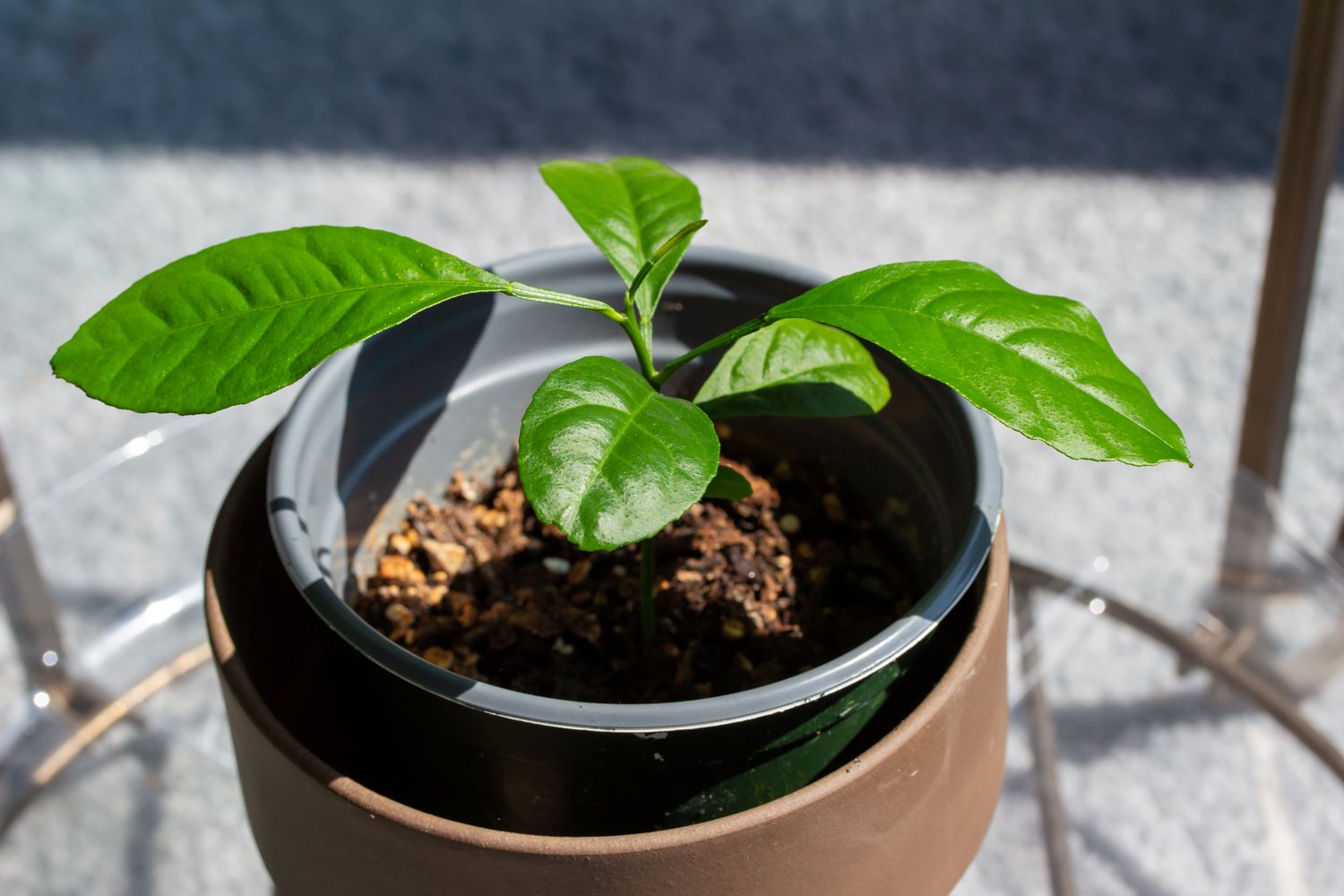
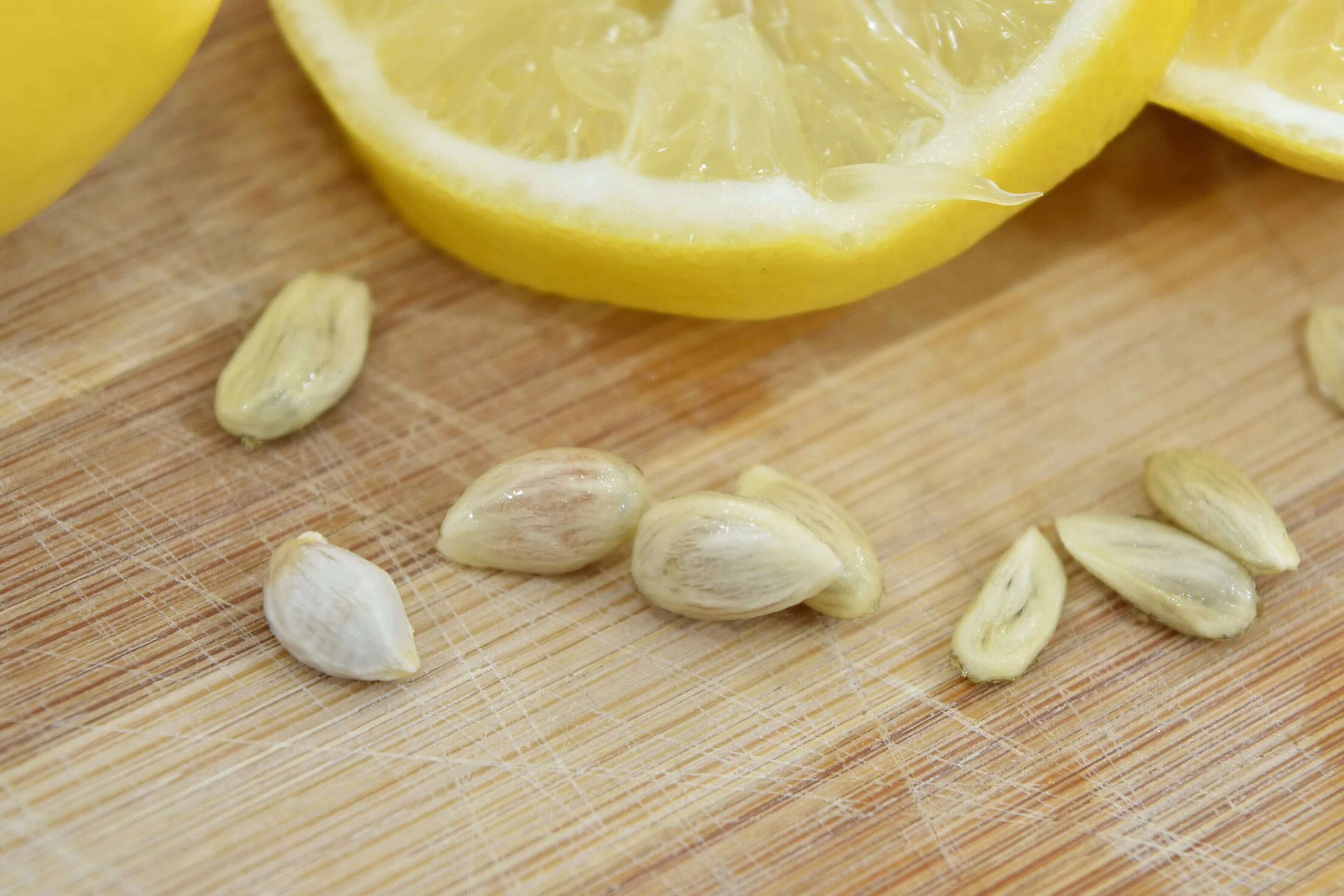


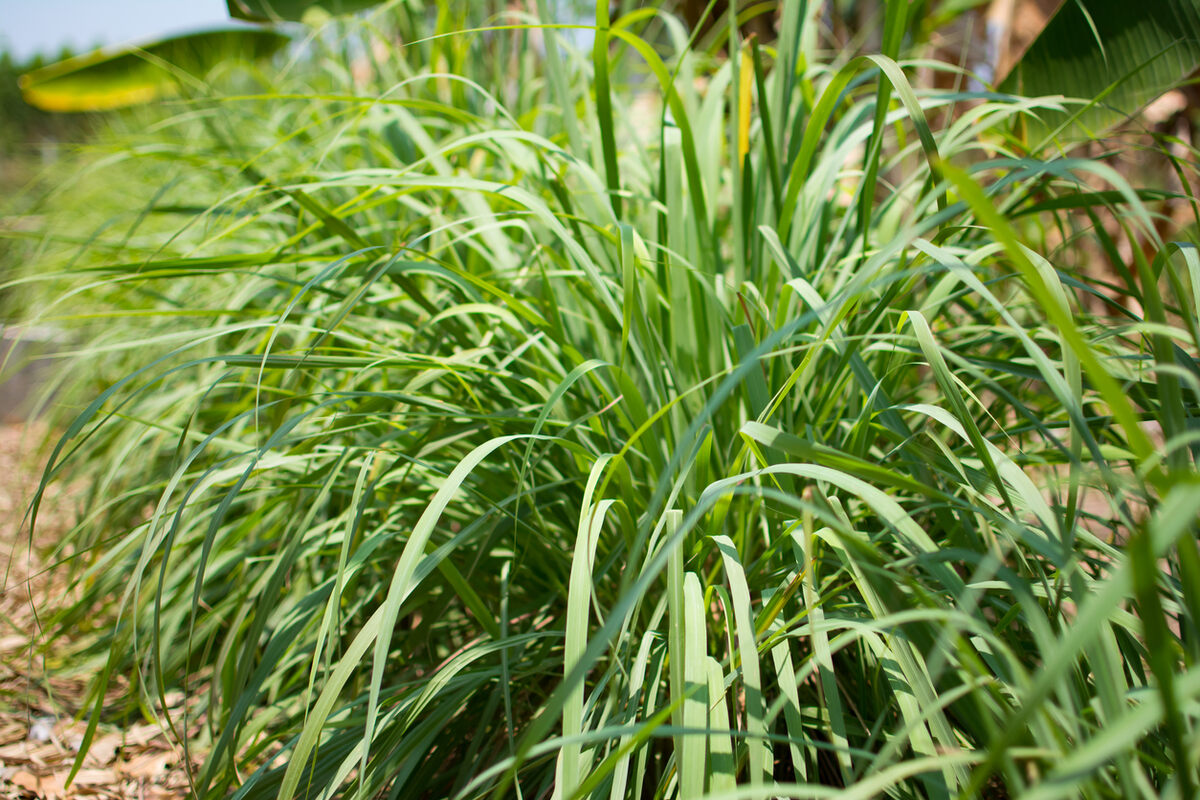
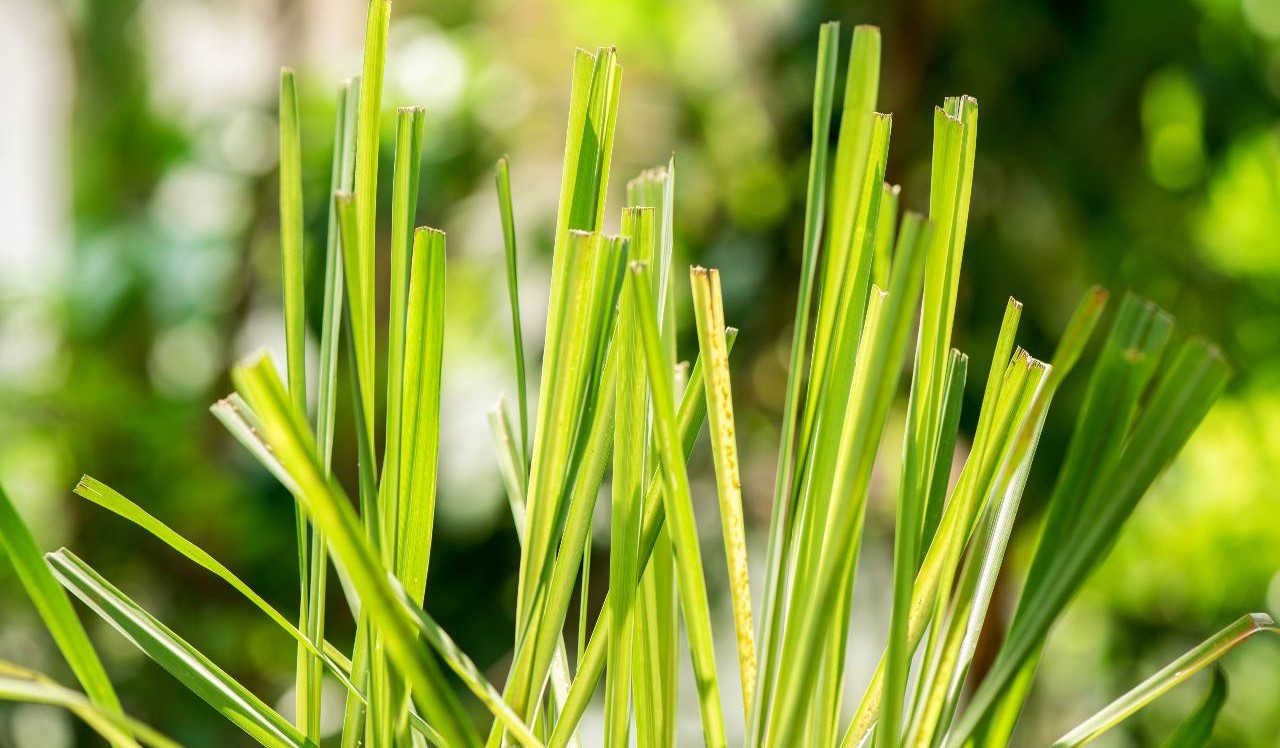


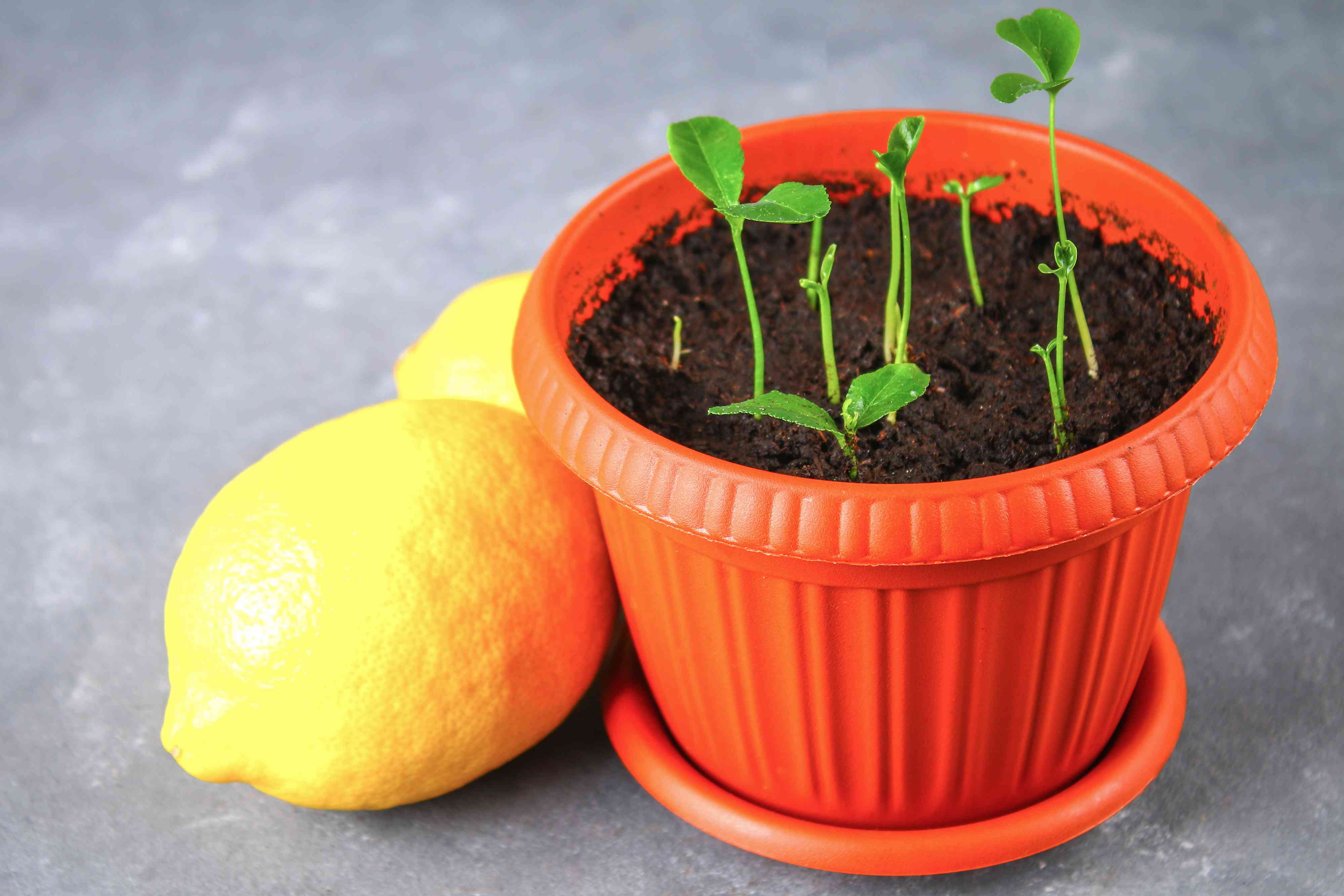
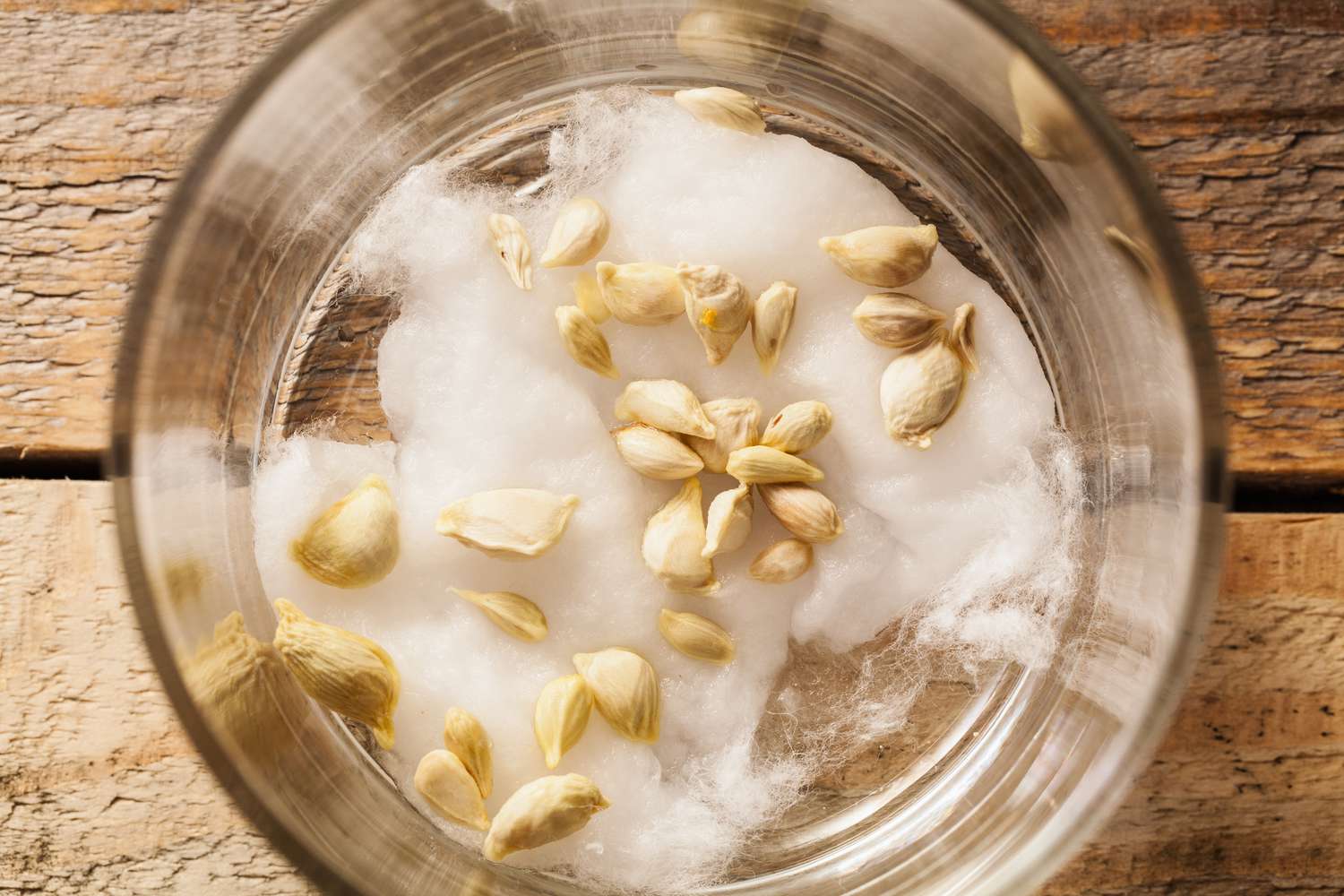
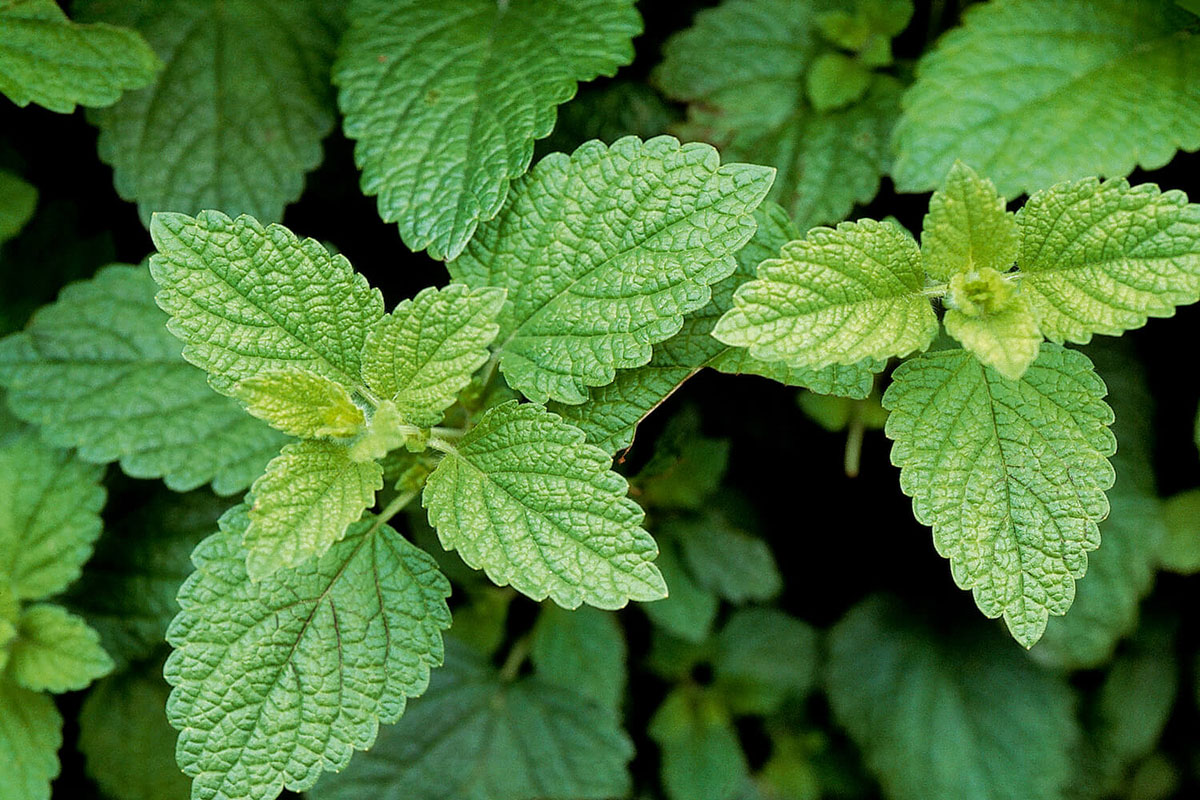


0 thoughts on “How To Plant Lemon Grass Seeds”